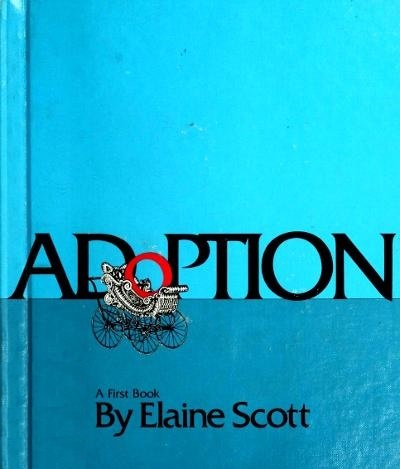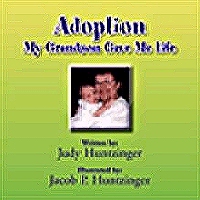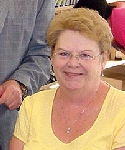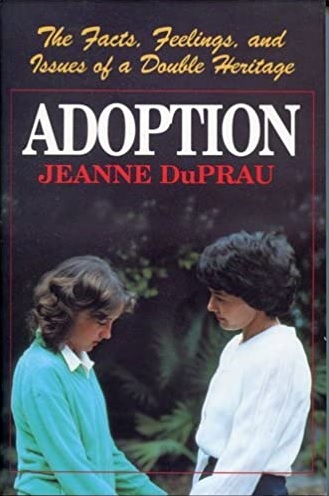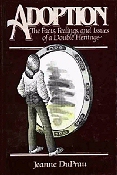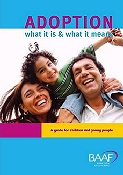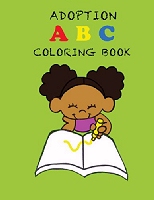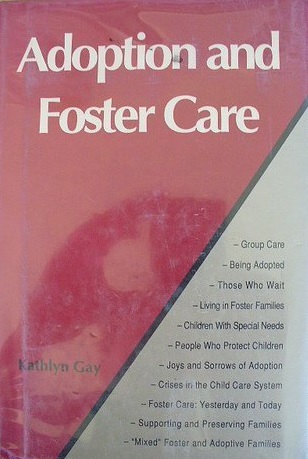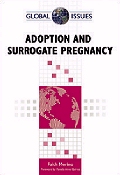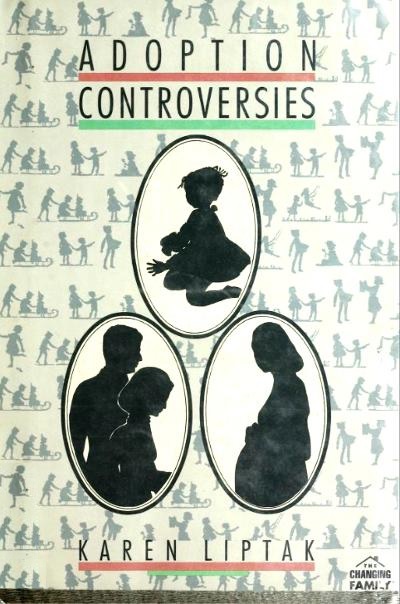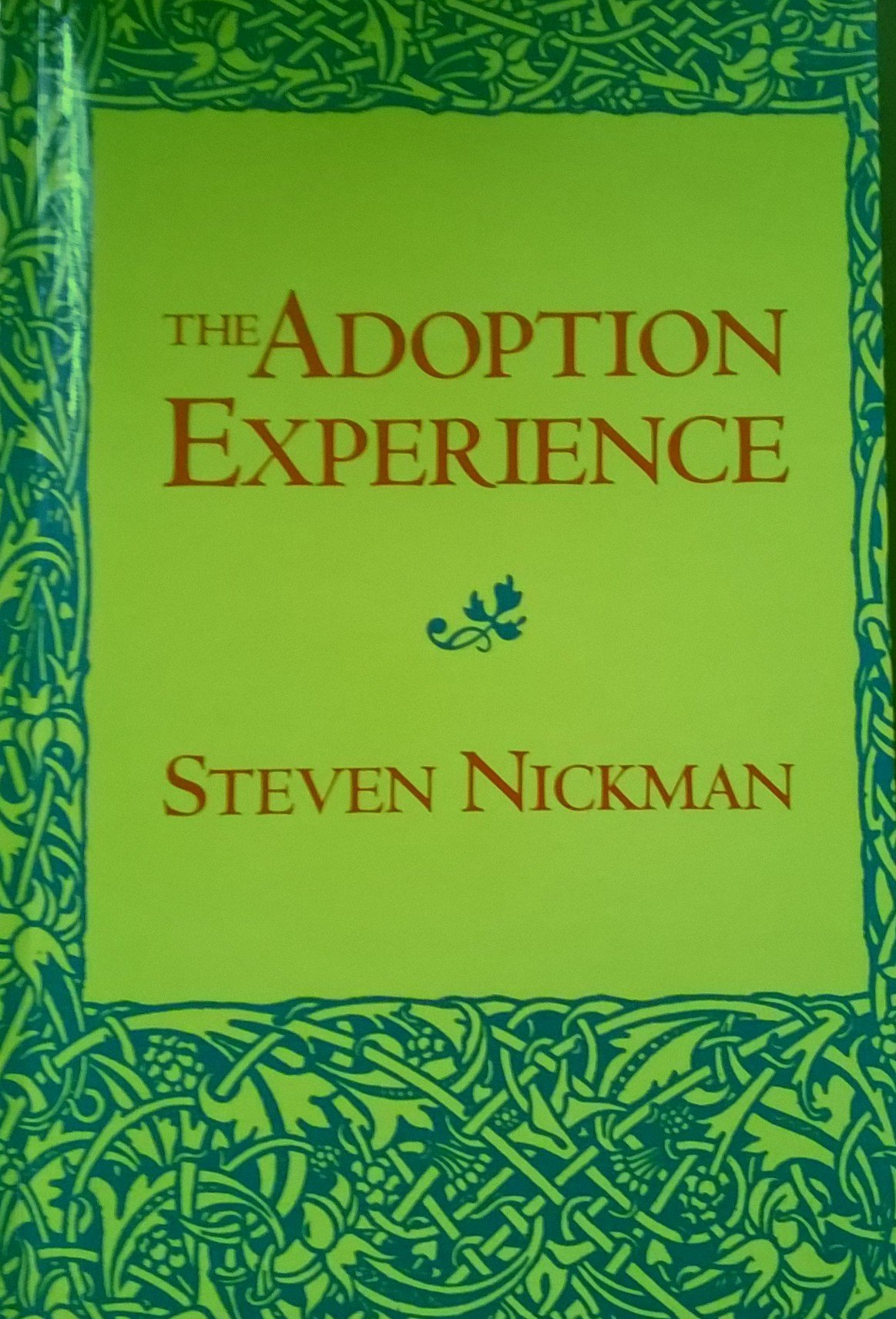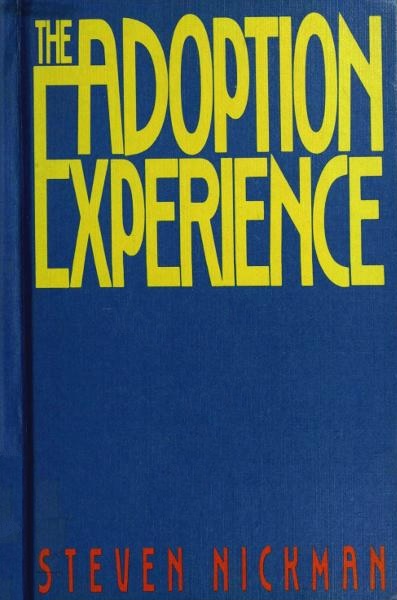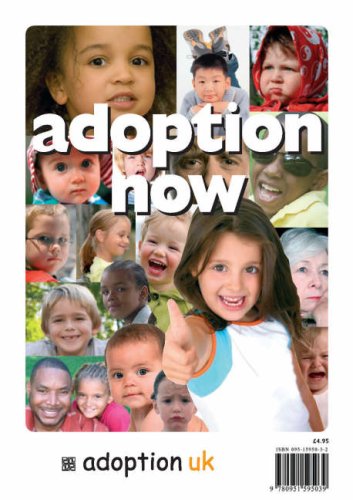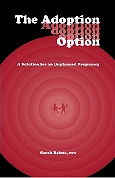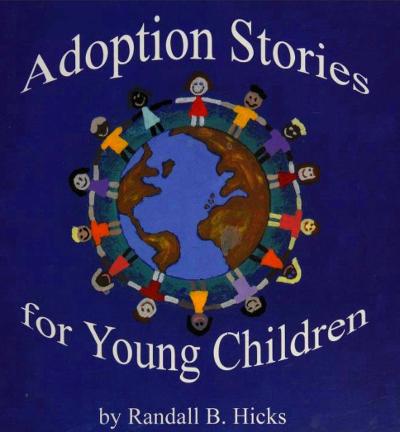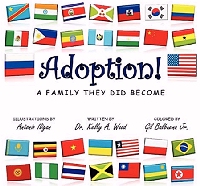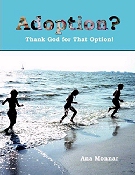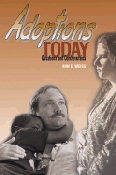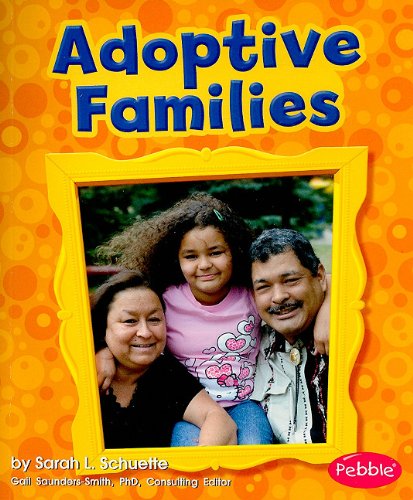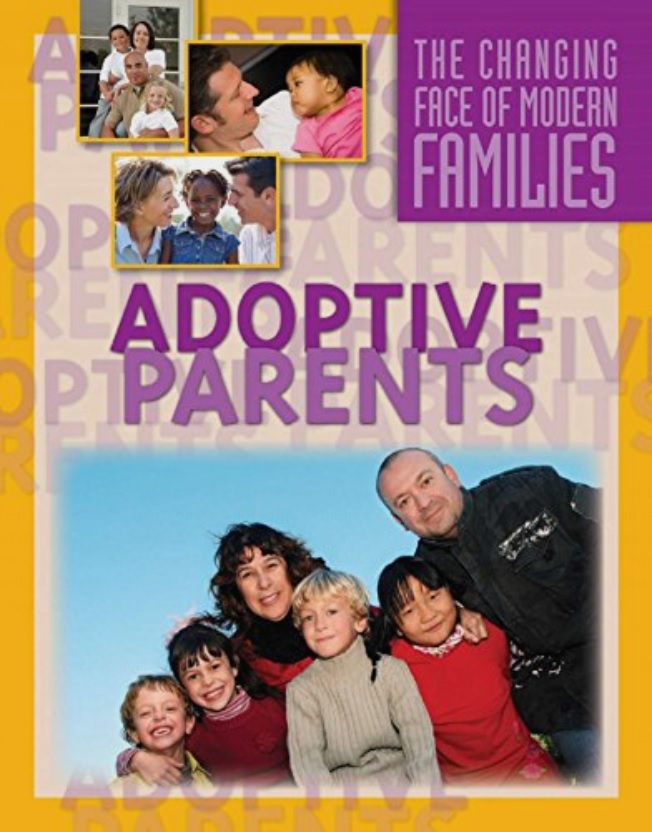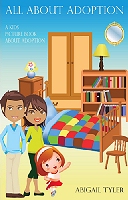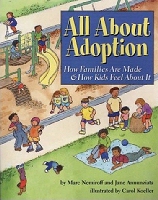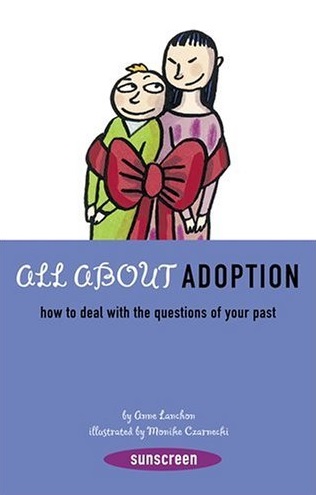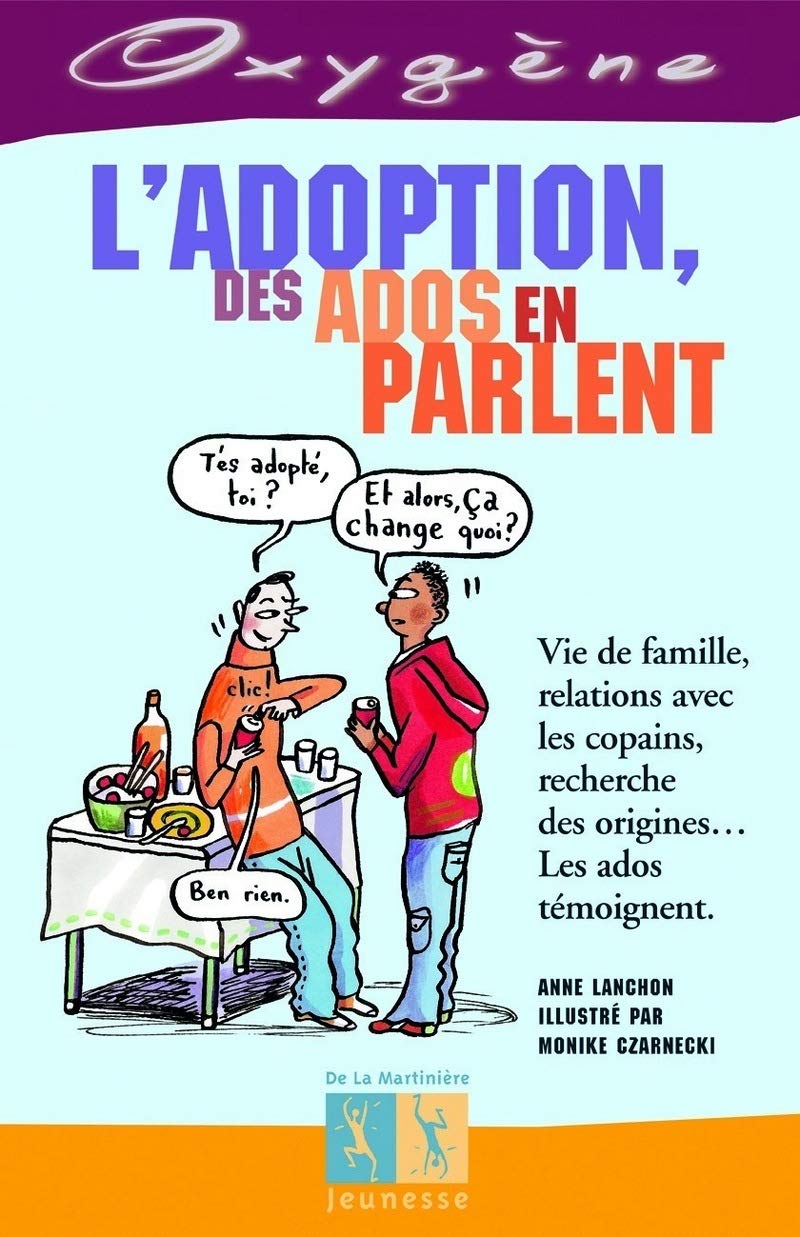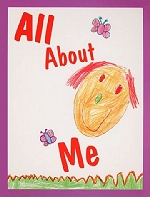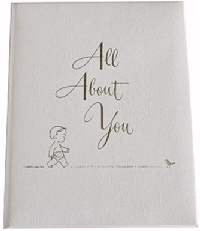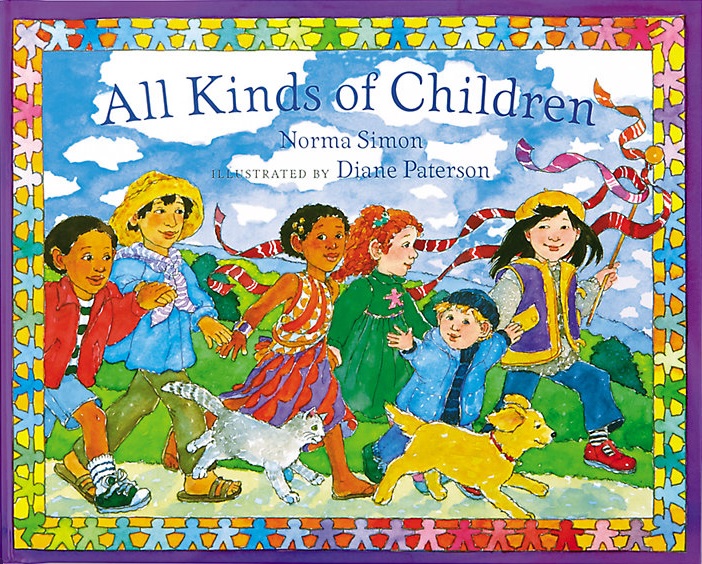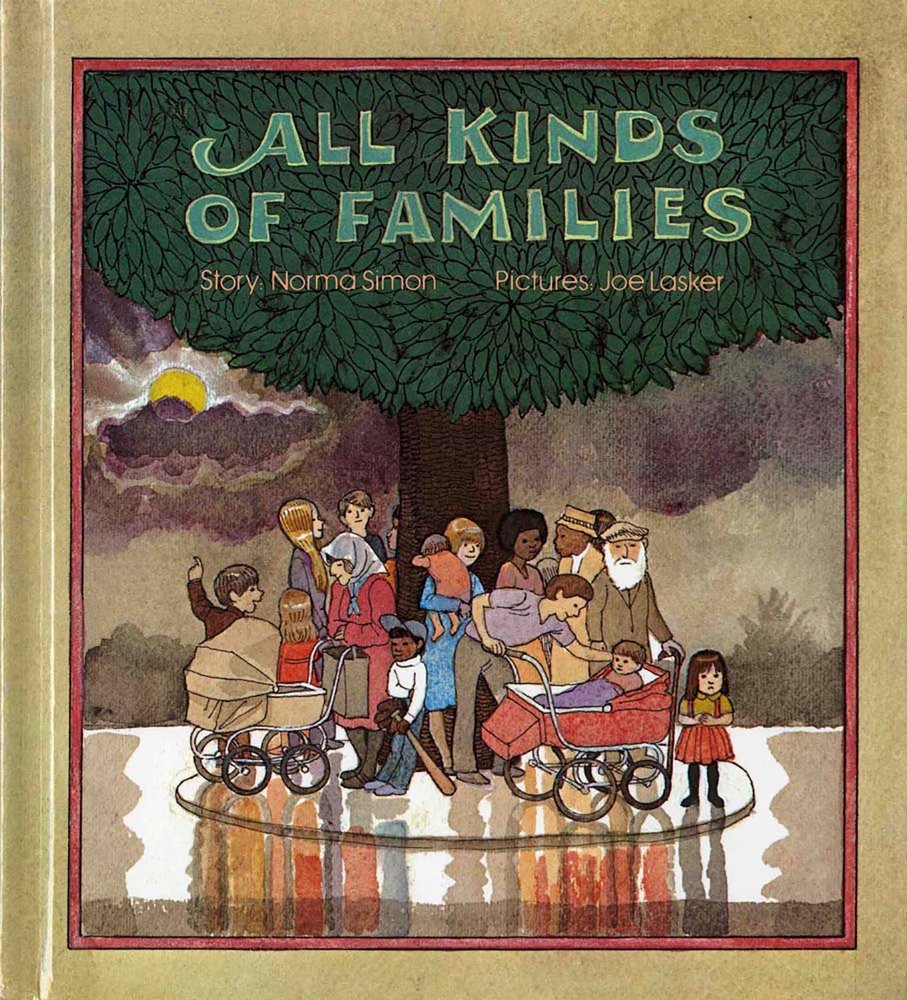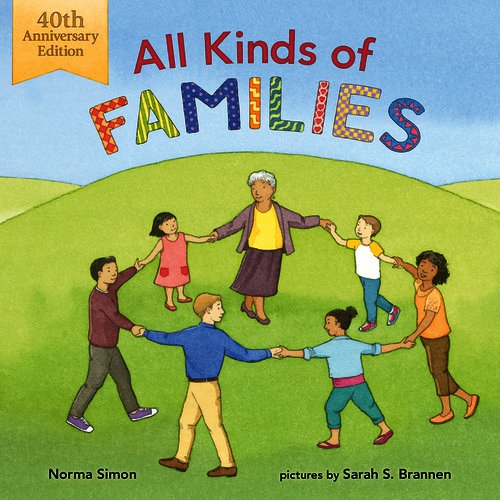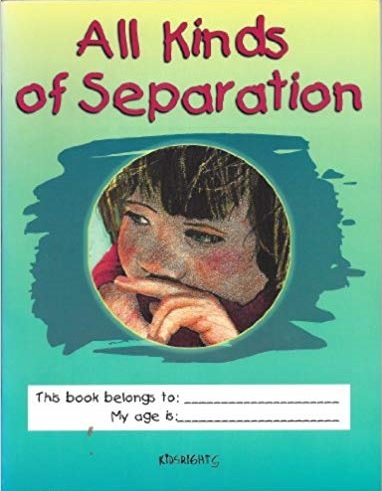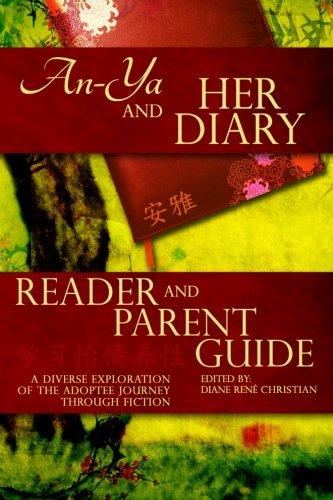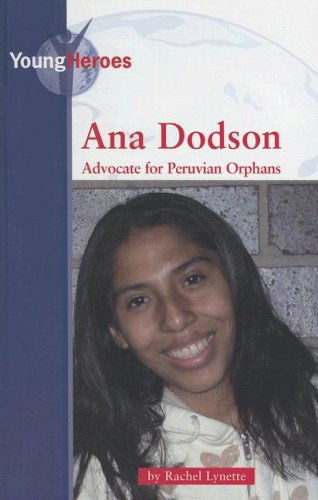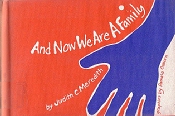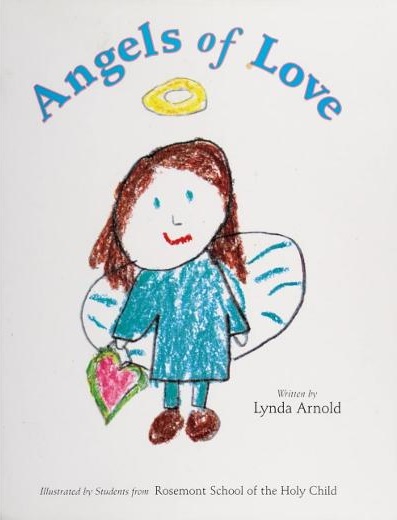From the Author:
What does the title of this picture book mean,
All Kinds of Families? Quite simply, it acknowledges that families are not always composed in the traditional way: a household made up of two parents and their children. The title reflects the many patterns of family life that fit the broad definition: a group of persons under one roof, usually subject to one authority or shared authority. It illustrates the family defined as parents and their children, whether dwelling together or not.
A child defines family on the basis of personal experience. Little children idealize the adults in their family and learn values by imitating attitudes and behavior they see around them. This book stresses the supportive function of the family and the child’s joyous place in the center of this, his world.
Healthy emotional life is nourished by the love, trust, sense of belonging, and support a family provides. The child also needs stability, responsiveness, and a pattern of consistency. While many forms of family structure exist today, the family remains the place where most children are nurtured, emotionally as well as physically.
This picture book celebrates happy times, but it also shows in a quiet fashion that some relationships are troubled ones. Separations and sadness occur, yet the positive values of lives shared endure to provide foundations for future families.
About the Author:
Books have always been important in her life and so Norma Simon
is sensitive to what books can mean to children. Trained in education and psychotherapy, Mrs. Simon writes a special kind of book which reassures children where emotions are concerned. In I Was So Mad!, for example, she shows familiar frustrating, anger-provoking situations because she believes the first step in understanding emotions comes when feelings are brought into the open. While Norma Simon grew up loving the excitement of New York City, she and her family now enjoy the relative peacefulness of life on Cape Cod. In addition to writing, Mrs. Simon works as an educational consultant for advertising research with children and children’s products, textbooks, and educational films. She is proud to be a member of her local school committee in Wellfleet, Massachusetts. Her educational background includes undergraduate work at Brooklyn College, graduate work at the New School for Social Research, and a master’s degree from the Bank Street School of Education. She has been writing since 1954 and has more than thirty books published. She is a member of the Authors Guild.
From the time when he won his first art prize at the age of eight, Joe Lasker
knew he wanted to be an artist. He attended the Cooper Union Art School in New York City, but his career was interrupted by service in World War II. When he resumed painting, he won Prix de Rome and Guggenheim fellowships which made possible study in Europe and Mexico. His paintings hang in museums and private collections.
Well known as an illustrator of children’s books, Mr. Lasker has become an author as well as artist. His first two picture books, published by Albert Whitman, are Mothers Can Do Anything and the sympathetic description of a boy with a learning disability, He’s My Brother.
Mr. Lasker’s illustrations combine strength, a factual realism, and humor. Qualities which enrich his painting make his picture books especially meaningful to anyone involved in the life of girls and boys. His studio is in his home in Norwalk, Connecticut.
Sarah S. Brannen
is the author and illustrator of Madame Martine, Madame Martine Breaks the Rules, and Uncle Bobby’s Wedding. She has illustrated over a dozen other picture books, including the award-winning Feathers: Not Just for Flying, written by Melissa Stewart. She lives in Massachusetts.
